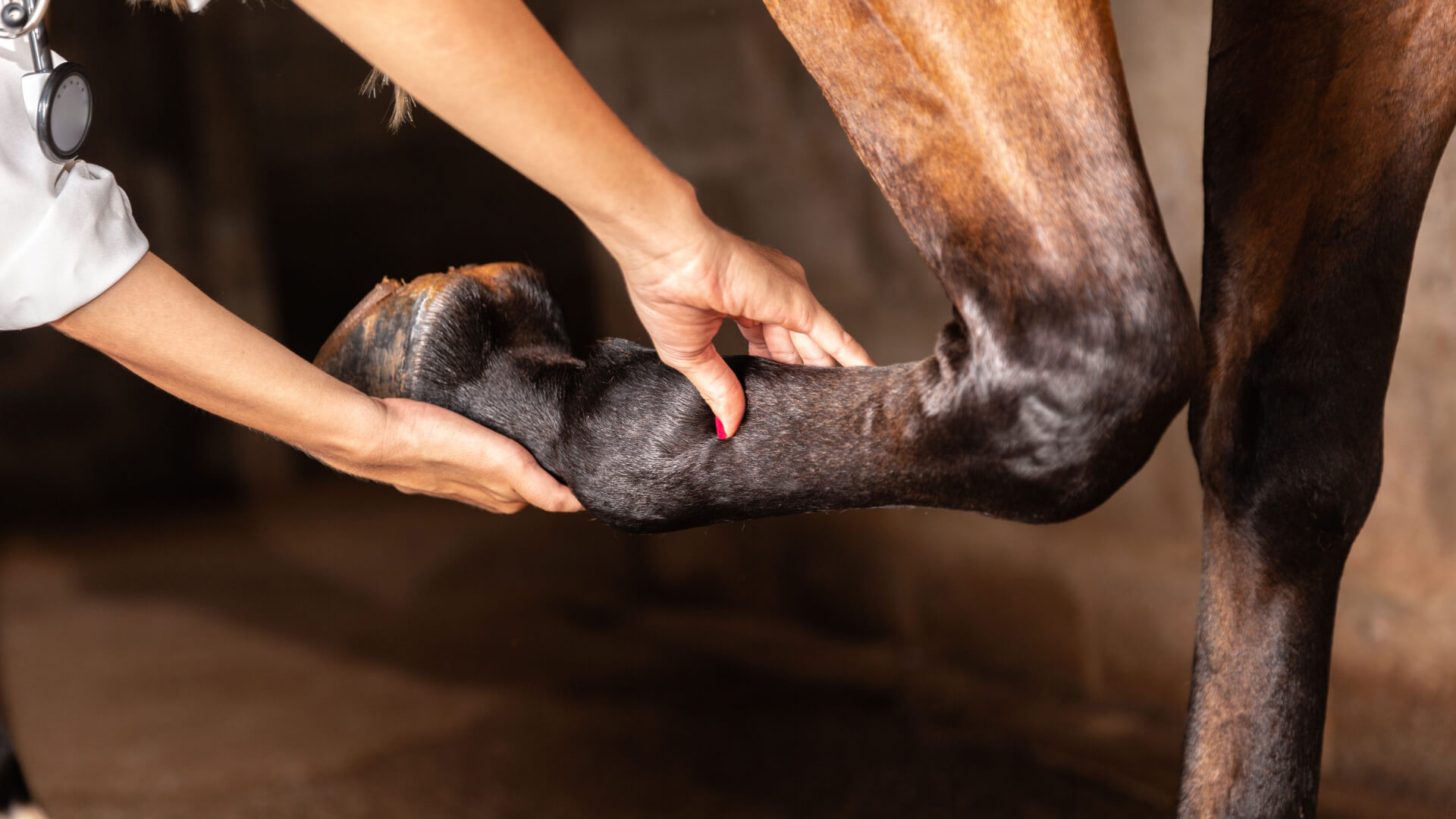July 12, 2024
Overreaching injuries in equine activities can significantly concern horse owners and trainers. These injuries occur when a horse’s hind foot strikes the back of the front leg, leading to pain and potential lameness.
Whether you’re a seasoned trainer or a new horse owner, understanding how to prevent horse overreaching injuries is crucial. They can disrupt your horse’s training and affect their overall well-being. You can keep your horse safe and healthy with the right knowledge and practices.
Gladiator Equine will provide practical tips and insights to help you keep your horses healthy and performing at their best.
Understanding an Overreach Injury
A horse overreach injury can occur when a hind hoof strikes the back of the front leg, causing bruising, cuts, or more severe damage to the coronary band.
Young and inexperienced horses are more prone to these injuries since they are still developing a sense of coordination. Moreover, overreach injuries are especially common when a horse is involved in fast-paced activities or when they are fatigued.
Knowing the causes is the first step in prevention and helps maintain your horse’s health and performance. Poor balance, incorrect shoeing, fatigue, and improper training techniques are typical culprits.
Training Techniques To Prevent Horse-Overreaching Injuries
1. Start with a Solid Foundation
Start with a strong focus on balance and coordination from day one. This approach ensures your horse builds the strength and stability needed before moving on to more demanding activities. Establishing this foundation is essential for long-term success and preventing injuries.
2. Gradual Progression
Gradually increase the intensity and duration of training sessions. If you implement changes too quickly, it can lead to fatigue and increase the risk of injury.
Throughout the training process, pay attention to your horse’s response. Pushing too hard too quickly can do more harm than good—consistent, incremental progress is key.
3. Regular Breaks
Tired horses are more likely to overreach. Thus, you should incorporate regular breaks during training to prevent fatigue.
Breaks not only reduce injury risk but also improve your horse’s focus and performance. Monitor them closely and ensure they get adequate rest between sessions.
4. Equipment Choices
When it comes to equine care, equipment plays a vital role in ensuring your horse’s safety and performance.
Overreach boots are essential for protecting your horse’s front legs from strikes. Ensure they fit properly and match the horse’s activities. Regularly check for signs of wear or discomfort to keep your horse safe. Different activities may require different types of boots, so choose wisely.
Work with a skilled farrier to ensure your horse’s shoes are correctly fitted. Proper shoeing can improve balance and reduce the risk of overreaching. Regular visits from a good farrier can help maintain optimal hoof health.
5. Management Practices
Maintaining your horse’s health involves a few key practices that can make a big difference.
First and foremost, regular veterinary check-ups are crucial for identifying potential issues before they escalate. Early intervention can prevent a horse overreach injury and other health problems.
Additionally, ensure training surfaces are well-maintained and provide good traction. Slippery or uneven surfaces can significantly increase the risk of injury. According to the Equine Injury Database, the synthetic track surface had the lowest injury rate in 2022.
A balanced diet supports overall health and performance, so consult with a nutritionist to make sure your horse gets the necessary nutrients. Proper hydration is equally important, especially during intense training periods.
6. More Preventive Measures
The best way to avoid overreaching injuries in equine is to prevent them. Here are some more of our top tips:
- Warm-Up and Cool-Down: Always include a proper warm-up and cool-down in training sessions. This helps prepare the muscles and joints for activity and aids recovery.
- Stretching Exercises: Incorporate stretching exercises to improve flexibility and reduce muscle tension. Flexible muscles are less prone to injury.
- Consistent Routine: Maintain a consistent training routine to build and maintain the horse’s strength and endurance. Consistency helps in preventing horse overreaching injuries.
Recognizing the Signs of Horse Overreaching Injuries
Early detection of overreaching injuries in equines is crucial. Look for cuts, swelling, or bruising on the back of your horse’s front legs and check regularly.
Also, be vigilant about changes in behavior, such as reluctance to move, limping, or favoring one leg, which can indicate pain from an overreach injury.
By staying attentive to both physical signs and behavioral shifts, you can ensure timely and appropriate care for your horse. Frequent check-ups and prompt action can make a significant difference in your horse’s recovery and comfort.
Treating a Horse’s Overreach Injury
If your horse suffers an overreach injury, start by cleaning the wound and applying a cold compress to minimize swelling. Then, promptly contact your veterinarian to get professional advice and treatment.
Give your horse plenty of time to rest and recover, avoiding any strenuous activities until the injury has completely healed. Keeping the wound clean and monitoring for signs of infection can help speed up recovery.
Long-Term Management
After your horse recovers from an injury, take the time to review your training methods and identify any factors that may have contributed. Adjust your techniques to prevent similar incidents in the future.
Consistently monitor your horse’s condition to catch any potential issues early. Regular health checks can prevent minor problems from escalating into serious concerns.
Contact Gladiator Equine For More Information About Our Therapeutic Products
Preventing overreaching injuries in equine requires a combination of proper training, the right equipment, and effective management practices. Remember, the goal is to improve your horse’s overall health and performance by minimizing the risk of common injuries.
At Gladiator Equine, we understand the importance of preventing and managing overreaching injuries. Our advanced far-infrared (FIR) therapeutic products are designed to support your horse’s health and recovery.
Visit our website to discover more or reach out to our team for personalized advice on how you can start utilizing FIR therapy today.


